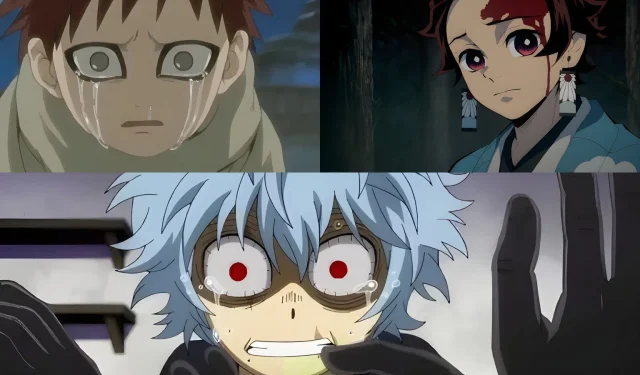
Understanding the Role of Flashbacks in Anime Storytelling
Essential Insights About Anime Flashbacks
- Flashbacks serve as crucial tools for character development and motivation, seamlessly propelling the narrative forward without disrupting main storylines.
- These sequences empower characters by rekindling their reasons for fighting, often leading to new abilities derived from their memories.
- The trope of the “flashback buff”has become a favorite trope within anime culture, as it effectively drives storytelling when used judiciously.
The Significance of Flashbacks in Character Development
Flashbacks are vital for expanding a character’s backstory, giving viewers insight into key moments that shape their growth, motivation, and struggles. In contrast to filler episodes that may divert from the main narrative, flashbacks fill these gaps, providing essential context without breaking the plot’s momentum. They also help refresh the audience’s memory regarding pivotal elements introduced earlier in the series.
More than mere recaps, flashbacks have evolved into powerful storytelling devices that can profoundly impact character growth. These moments often rekindle a character’s resolve, serving as reminders of their motivations. Whether it’s through moments of loss, inspiration, or significant training, flashbacks frequently act as crucial motivators propelling characters forward during climactic confrontations. These sequences can even manifest as catalysts for the emergence of new powers, significantly transforming both characters and the plot.
Motivation Through Flashbacks
How Flashbacks Bolster Character Resolve
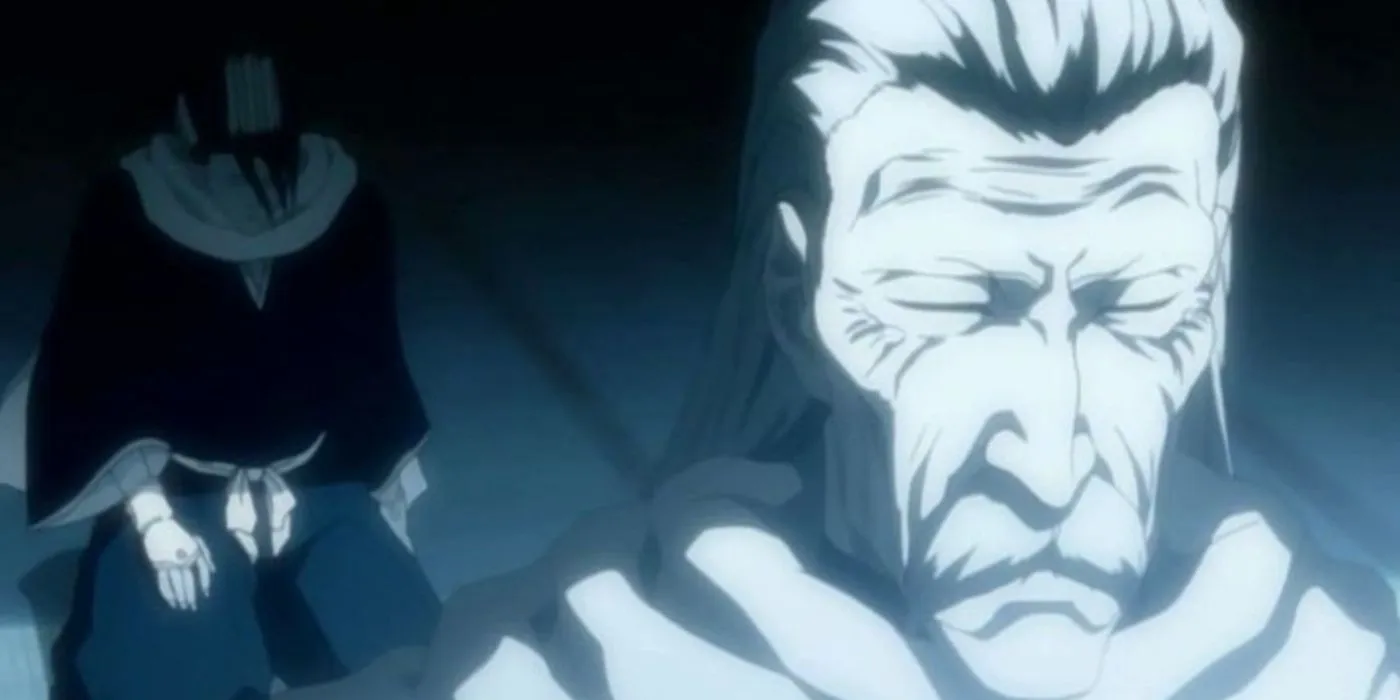
Numerous anime series utilize flashbacks during critical moments when protagonists face dire circumstances, fostering resilience by reminding them of their core motivations. For instance, in Naruto, flashbacks to his childhood highlight his ambition to become Hokage, while Goku’s recollections in Dragon Ball Z emphasize his growth through early trials, driving him to persevere in intense battles. Such sequences solidify characters’ commitments to their causes, particularly when stakes are high.
Moreover, these flashback sequences empower characters by connecting them to those they fight for—be it family, friends, or ideals. Eren from Attack on Titan epitomizes this, recalling family tragedies that intensify his determination against the Titans. Such connections resonate deeply, fostering an emotional bond between the audience and protagonist, thus enriching the viewing experience and enhancing the character’s emotional journey.
Flashbacks as Catalysts for Power Enhancements
Flashbacks as Catalysts for New Abilities
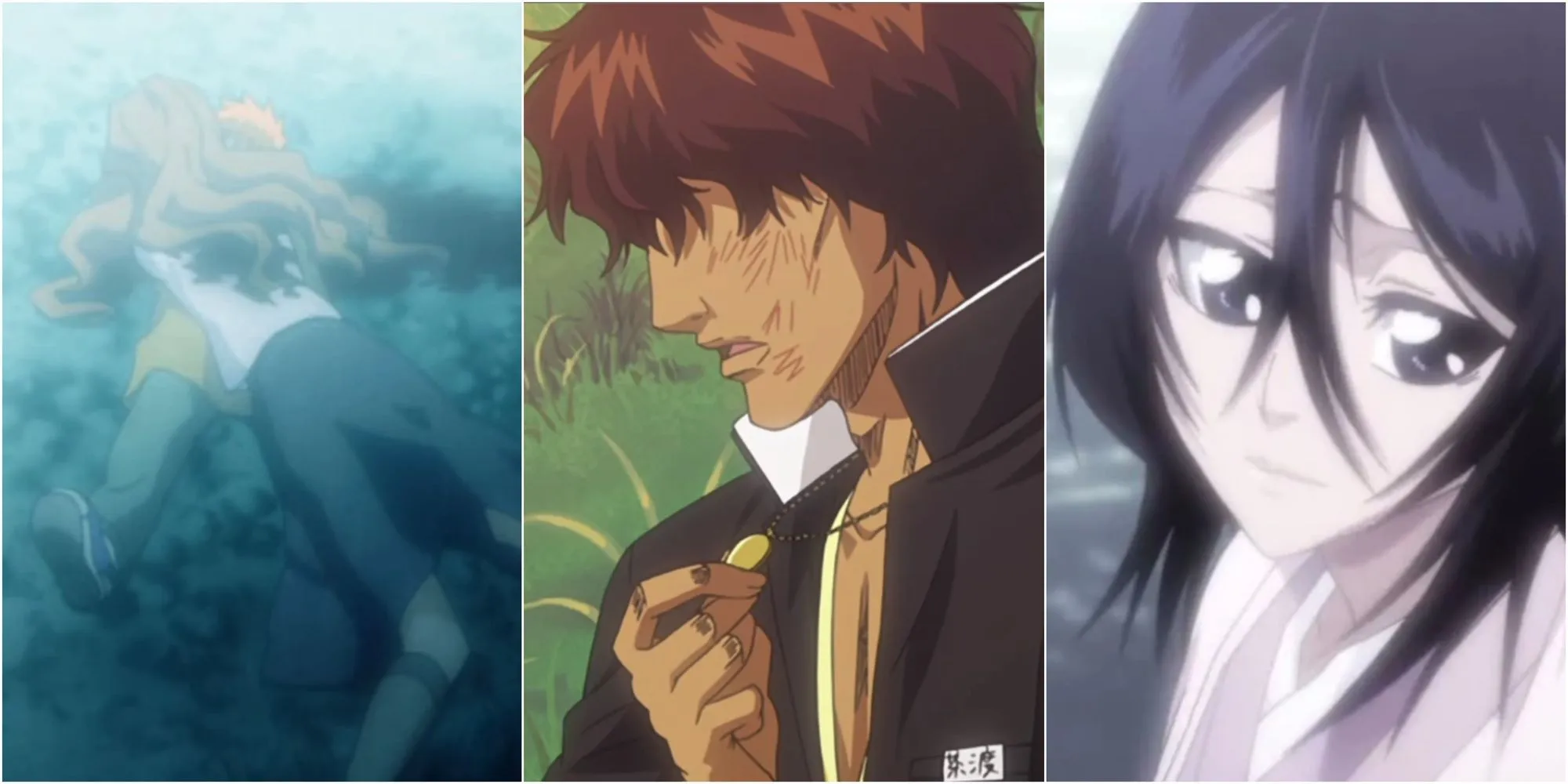
In various anime, flashbacks can lead to the unlocking of latent powers or abilities, reminiscent of memories surfacing in characters. Ichigo Kurosaki from Bleach exemplifies this phenomenon; his recollections often correspond to power advancements through connections with his loved ones. Similarly, in My Hero Academia, Deku’s reflections on All Might inspire him to harness his quirk more intelligently, consequently resulting in newfound capabilities.
This narrative technique of flashbacks acting as power-ups has become quite conventional in anime. Experiences, combined with emotional growth, frequently lead to direct enhancements in physical and mental capacities.
A Turning Point for Antagonists
The Antagonist’s Downfall Following Flashbacks
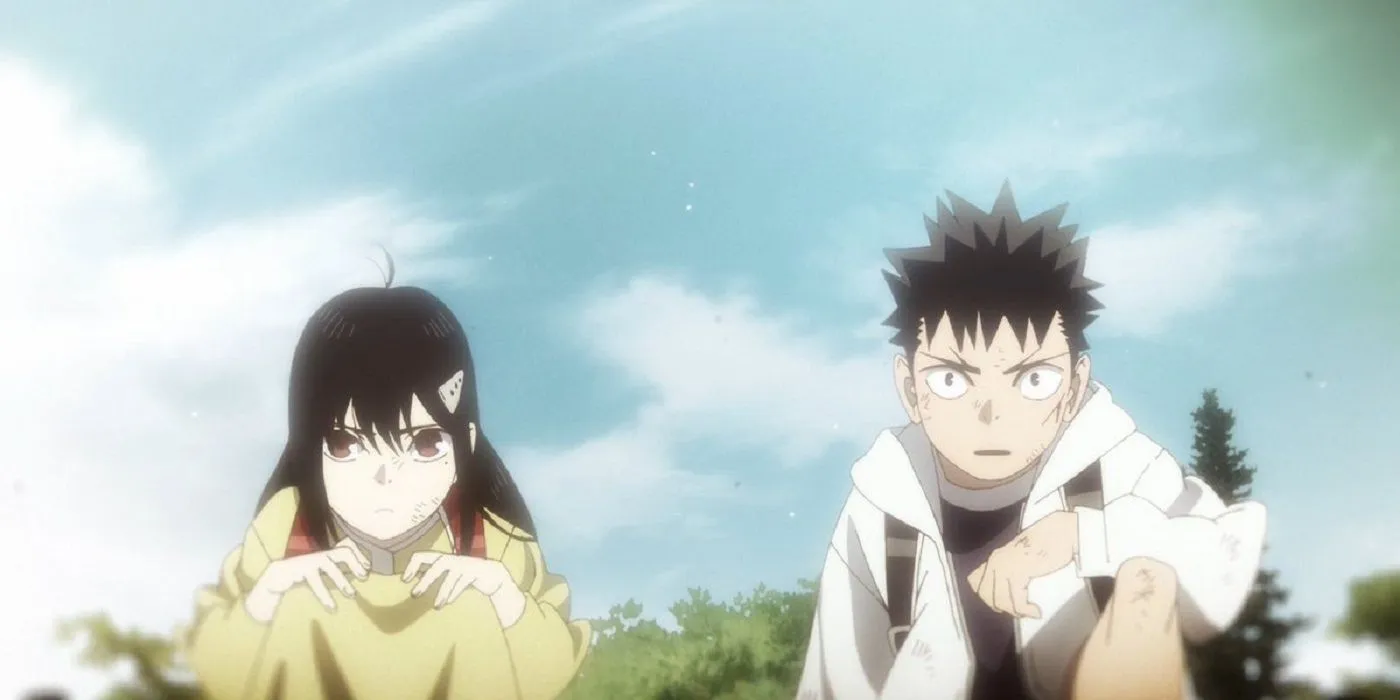
Some flashbacks leave a lasting impression on viewers, providing both insight and the potential to reverse a narrative arc. A prime example is Luffy’s flashbacks in One Piece, particularly during the Marineford Arc, which enhance his determination to protect his crew. These moments of reflection solidify his loyalty and indomitable spirit, shifting the story’s momentum favorably.
Similarly, in Naruto, Sasuke’s tragic family history and rivalry with Naruto add layers to his motivations. In Demon Slayer, Tanjiro’s flashbacks of his family’s murder evoke deep compassion that fuels his quest for vengeance. Such emotional anchors enrich the character’s backstory, allowing viewers to witness them at their most vulnerable, heightening their resilience in the face of battle.
The Evolution of Flashbacks as a Trope
The “Flashback Buff”Phenomenon
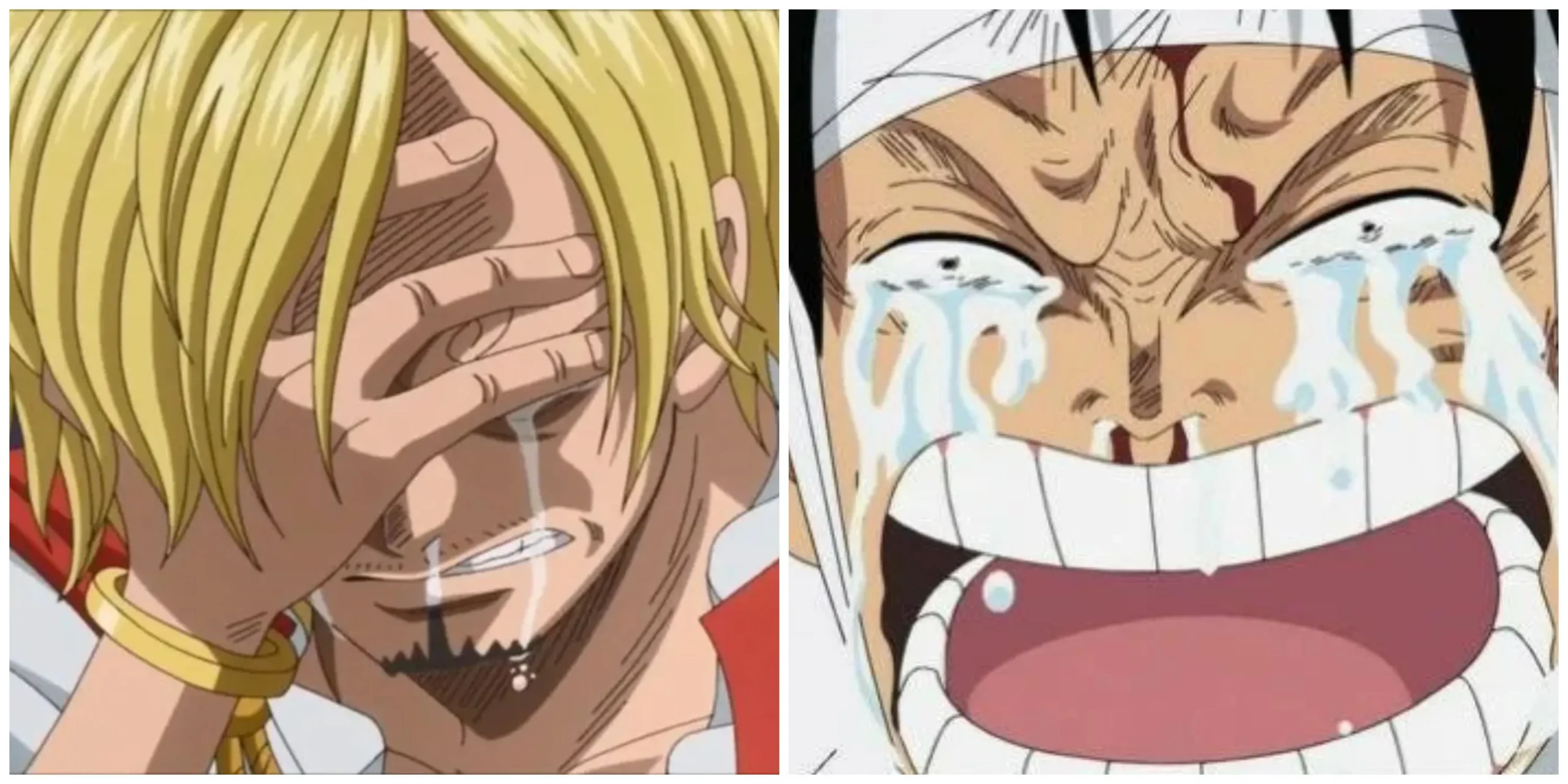
In recent years, flashbacks have progressed into common tropes, particularly the “flashback buff,”where a character’s past memories bolster their resolve or grant them power for an upcoming challenge. The anime community humorously acknowledges this trope, with series like Gintama playfully subverting expectations that a quick emotional flashback will inevitably make a protagonist unstoppable.
This “flashback buff”has become so recognizable that audiences eagerly anticipate how the protagonist will triumph after revisiting pivotal memories. The phenomenon has transcended mere narrative device, reflecting how ingrained and sometimes overused flashbacks are in anime culture.
Striking a Balance: Effective Use of Flashbacks
Identifying When Flashbacks Become Excessive

However, an overreliance on flashbacks can lead to redundancy or frustration among fans. When overused, flashbacks may hinder narrative progression, leading to viewer disinterest. Striking a balance is vital; well-timed flashbacks enhance storytelling, while excessive use can detract from the overall pacing. A notable example is Naruto Shippuden, where repeated flashbacks occasionally slowed narrative momentum, leading to complaints about tedious scenes.
Flashbacks are most impactful when utilized sparingly, evoking strong emotional responses without overshadowing the main narrative. When executed effectively, they provide invaluable insight into a character’s background, inviting viewers to join them on their developmental journey. It’s essential for creators to navigate this delicate balance to prevent flashbacks from becoming filler, an outcome many anime creators strive to avoid.
Ultimately, for fans, flashbacks transcend mere storytelling devices; they offer glimpses into the defining moments of characters’ lives. As long as creators ensure a harmonious balance, flashbacks contribute significantly to anime’s enduring popularity by forging deep connections between characters and viewers while imbuing every battle with substantial stakes.




Leave a Reply